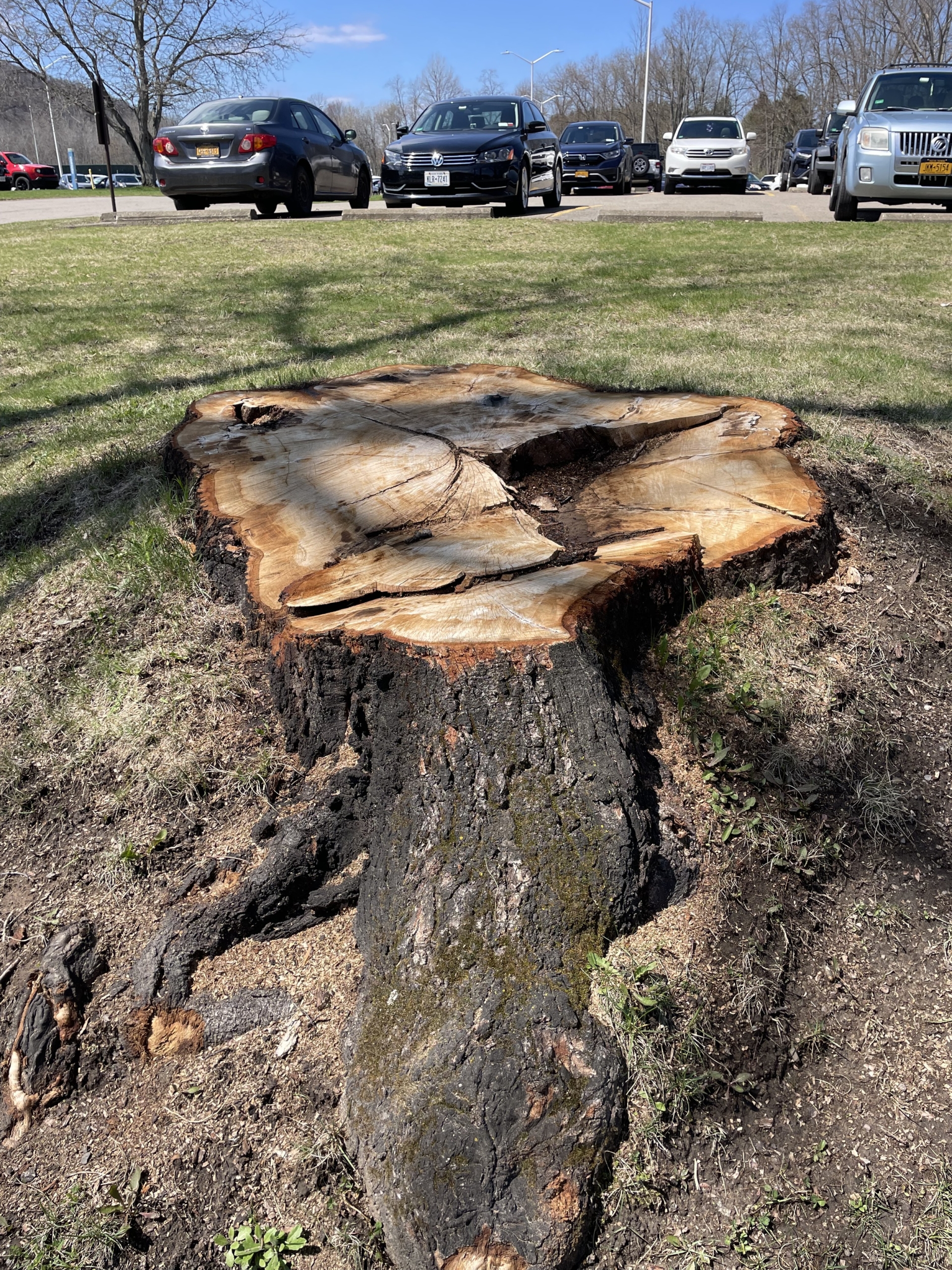By Julia Mericle
Managing Editor
Phillip Payne, Ph.D., chair of the Bonaventure history department, published a book on speculation in economics specifically explaining the 1929 stock market crash.
Johns Hopkins University published the book, titled “Crash! How the Economic Boom and Bust of the 1920s Worked,” in December.
According to Payne, he got the idea for the book when he talked to an editor at an American History Association meeting about the start of “How Things Worked,” a new book series. This happened shortly after the stock market crash in 2008, and Payne’s students were shocked by the event, he said. Payne discussed the crash in class.
While the book is intended for undergraduates, according to Payne, the book is intended to make complicated stories easy to understand.
“A lot of effort went into making this book accessible, a book you can pick up and read without a deep knowledge of economics or politics,” Payne said.
Kevin Sidoran, a senior biology major, takes “United States History since 1865” with Payne and said he is quite a storyteller.
“He is able to segue almost any discussion or side comment, however irrelevant, to what we are covering in lecture, and he always pulls in little tidbits of background info to make the larger ideas more tangible and coherent,” Sidoran said.
According to Payne, young people need to think about history, especially with the current unstable economy. People often change jobs.
He added learning about the stock market crashes is important, because the stock market affects people’s lives today. In the 19th century, bankers were practically the only ones who followed the stock market, but that is no longer the case, said Payne. The stock market is increasingly part of the economy.
The book tells readers that in order to get to that level of speculation, to get to where the economy gets annihilated, people have to forget it happened previously and convince themselves the current time is different.
“In 1929, they convinced themselves the stock market was a money making machine and it was never going to crash,” Payne said. “In 2008 they convinced themselves of this again.”
As far as the issues discussed in the book, such as the fallout from the 2008 crash and economy transitions with technology and globalization, Payne said we are still dealing with them today in the current presidential election.
mericlje13@bonaventure.edu



